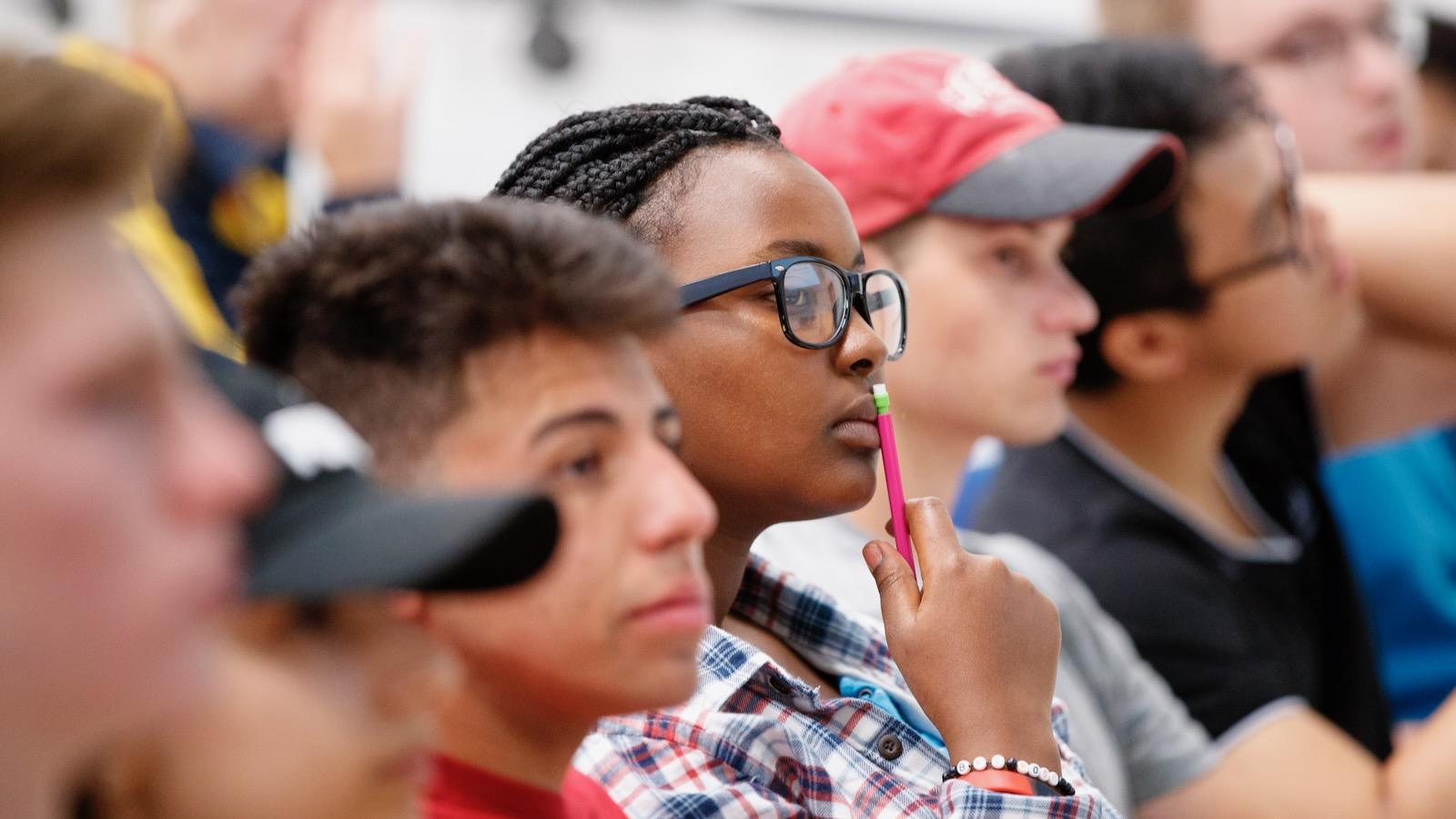The resources below all focus on ways to create a more inclusive and equitable learning environment for students. This includes building positive relationships with students, using inclusive teaching practices in online courses, incorporating diversity and inclusion-related content into course materials, and implementing policies that promote equity in the classroom. By implementing these strategies, educators can create a welcoming and supportive learning environment for all students.
These inclusive teaching resources are designed around five core principles:
- Belonging: Classrooms are stronger and more impactful when everyone brings their whole self and feels like they belong in the classroom.
- Communication: Clear communication is critical to ensuring that everyone understands content and class expectations.
- Recognizing diversity: A diverse array of course materials, examples, and assessments helps students appreciate diversity and see themselves in your discipline.
- Connection: A supportive environment allows students to create deeper connections with you, one another, and the course material.
- Flexibility: Reasonable flexibility ensures students can access what they need on a timeline that works for them.
As you navigate these resources, consider how the choices you make as an instructor impact students of different backgrounds. Making courses more equitable and inclusive is a long-term process, so think about how to make changes over time as you learn and grow as an instructor instead of trying to incorporate everything at once.
An essential part of improving any course over time is engaging in regular and focused reflection, and this is particularly important for making your course more inclusive. It will take time and effort, along with a bit of honesty and humility. We recommend reviewing the CTT’s reflective teacher guide which has practical tips for setting up a habitual reflective practice that works with your schedule.
Your time is valuable — CTT instructional designers can help
An instructional designer can …
- Use the Inclusive Course Checklist to review your course and help you make changes for maximum impact.
- Go through your syllabus, Canvas course shell, or content materials and help you prioritize and devise a customized plan for making them more accessible.
- Show you how to quickly and automatically include student support information in your Canvas course and syllabus.
- Research a variety of interventions or teaching strategies to address a challenge specific to your course.
- Customize and facilitate workshops or other training for your department or college.
- Help you or your department create teaching and learning resources specific to your discipline.
Contact an Instructional Designer
